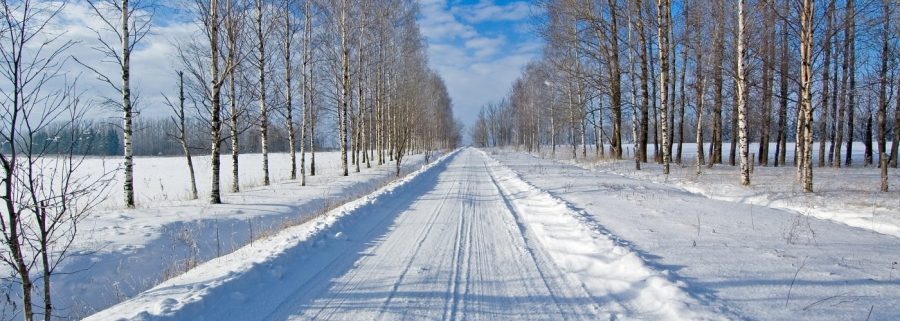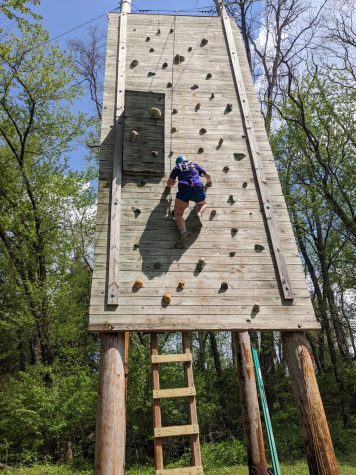Driving in a Winter Wonderland
Tips and tricks on driving in the winter climate.
Iowa is no stranger to snow, as each year Iowa receives heavy snowfall and deals with large patches of ice. Driving is a difficult task in slick conditions for both new and experienced drivers. Between stopping, accelerating, taking a turn, or even parking, driving in snow can be a pain.
Before a drive, the Iowa Department of Transportation (DOT) recommends checking road conditions and driving cautiously around snow plows. Failing to have a clear windshield and side windows is not only dangerous, but can result in a ticket. A police officer has the right to pull people over if their vision is obstructed from the ice on their windshield.
The DOT recommends multiple websites to check conditions, the National Weather Service being one. A local news source like KCRG or KWWL will work as well.
Stopping can be hard to do in slick conditions, but it’s an essential skill to be a safe driver. Slamming on the brakes is not the answer. It may be instinct, but instructors recommend a driver to tap or “pump” the brakes. Easing into the brakes is another easy way to safely stop. Timing is key; cars should always be slowing down a lot sooner than many end up doing. Keeping a safe distance between cars while driving can help grant some extra time and room if any unexpected braking were to happen.
On the other hand, acceleration on icy roads can also be difficult. Again, timing is essential; driving on icy roads is not the time to experiment. Give the car enough time to gain enough traction to get on the main road and ease into it similar with braking. Slamming on the gas pedal causes the car to spin out and potentially create an accident. Lots of things come with accelerating; turning, changing lanes, and changing speed zones are just a few examples.
When turning, sliding is a common occurrence. While drifting may be fun, losing control can cause a head on collision with another car on the opposite side of the road. When sliding around a corner, instead of putting the pedal to the floor; gradually press down on the gas to prevent spinning out. Jack McCullough, freshman, is new to the road and expressed the trouble he has while driving in snow.
“Yes I have struggled, you literally can’t break or turn unless you’re going slow,” said McCullough. “I drive slower and safer now.”
Going an appropriate speed based on the conditions is also equally important. According to the DOT, the speed limit is set for non slippery roads, so it may be in one’s interest to take things a little slower when the road conditions are not completely safe.

Jack Funke, junior, is a second year staff member. He plays on the Liberty baseball team and plays in the Average Basketball League. He is also in Liberty...













